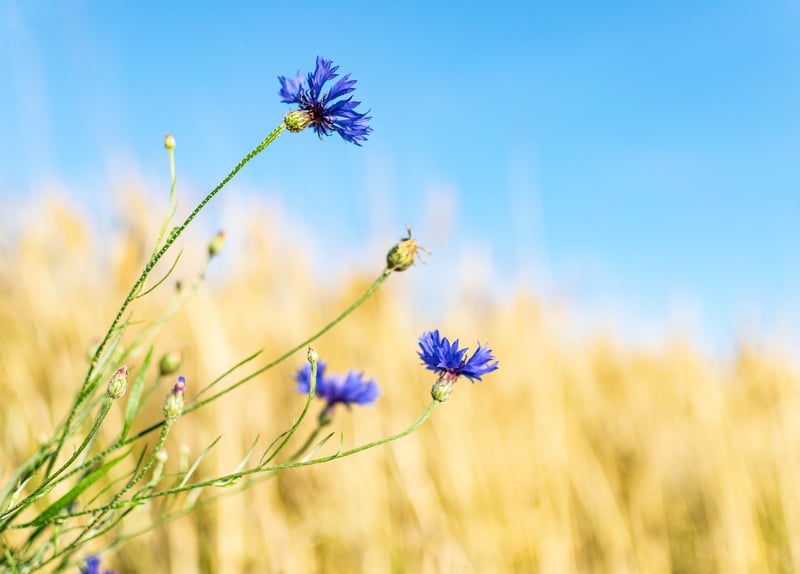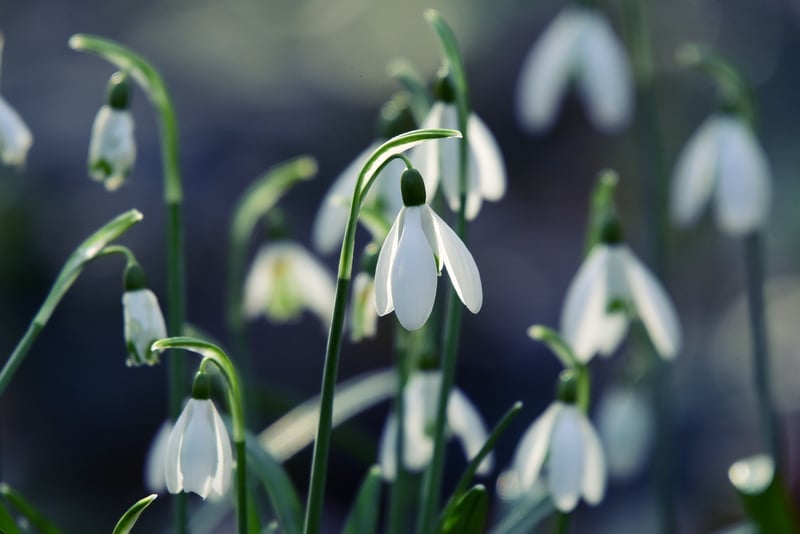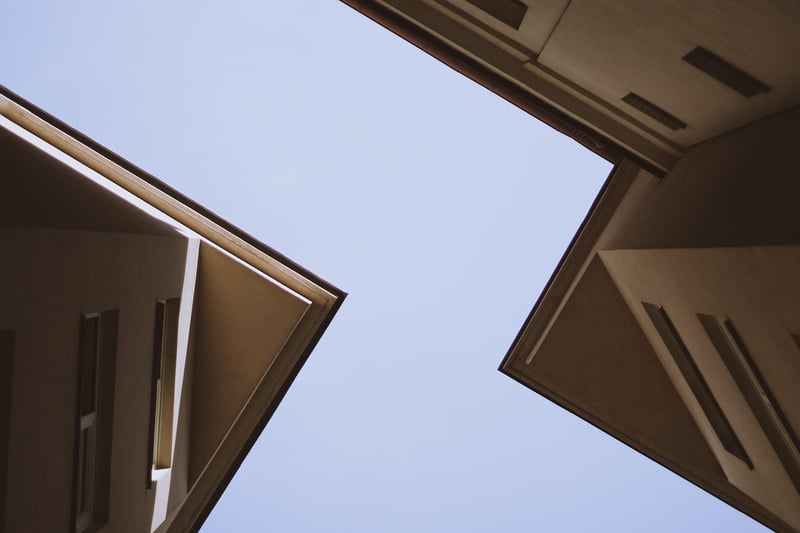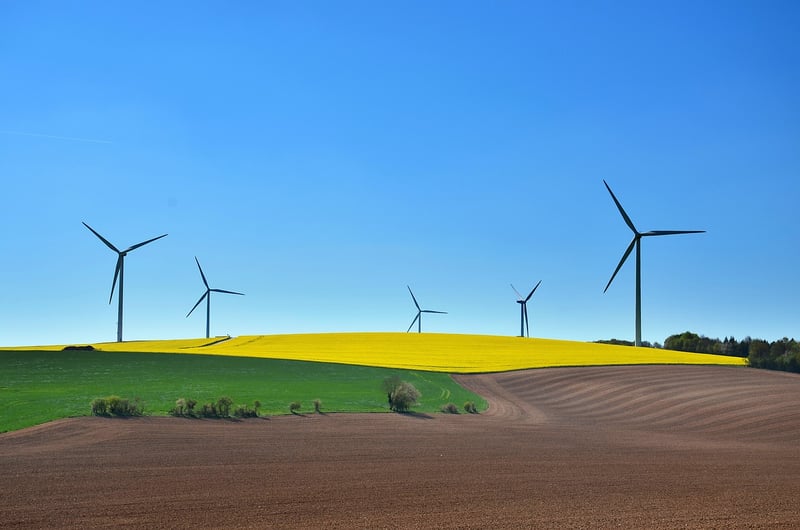Sustainable Landscaping
The Evolution of Plant Design Movements and Sustainable Landscaping
In recent years, there has been a significant shift in plant design movements towards sustainable landscaping practices. This evolution has been driven by a growing awareness of environmental issues and a desire to create landscapes that are not only beautiful but also environmentally friendly.
1. Native Plants and Biodiversity
One of the key trends in plant design movements is the use of native plants in landscaping. Native plants are adapted to the local climate and soil conditions, making them more resilient and easier to maintain. By incorporating native plants into landscape designs, designers can help support local biodiversity and create habitats for wildlife.

2. Water Conservation
Another important aspect of sustainable landscaping is water conservation. Designers are increasingly using techniques such as rain gardens, permeable paving, and drip irrigation to reduce water usage in landscapes. These practices not only help conserve water but also reduce runoff and prevent water pollution.

3. Urban Farming and Edible Landscapes
Urban farming and edible landscapes are gaining popularity as people look for ways to grow their own food and reduce their carbon footprint. Designers are incorporating fruit trees, vegetable gardens, and herbs into landscape designs, creating beautiful and productive outdoor spaces.

4. Low-Maintenance Landscaping
Low-maintenance landscaping is another trend in plant design movements that focuses on creating landscapes that require minimal upkeep. Designers are using drought-tolerant plants, mulch, and automation systems to reduce the need for watering, mowing, and pruning, making landscapes more sustainable and cost-effective.

5. Green Roofs and Vertical Gardens
Green roofs and vertical gardens are innovative solutions that help reduce heat island effects in urban areas, improve air quality, and provide habitat for birds and insects. These features are becoming more common in urban landscapes as designers seek to maximize green space and create sustainable environments.

Overall, the evolution of plant design movements towards sustainable landscaping reflects a growing commitment to environmental stewardship and a desire to create landscapes that are not only aesthetically pleasing but also beneficial to the planet and its inhabitants.
Embracing these trends in plant design can help create a more sustainable future for our landscapes and communities.
